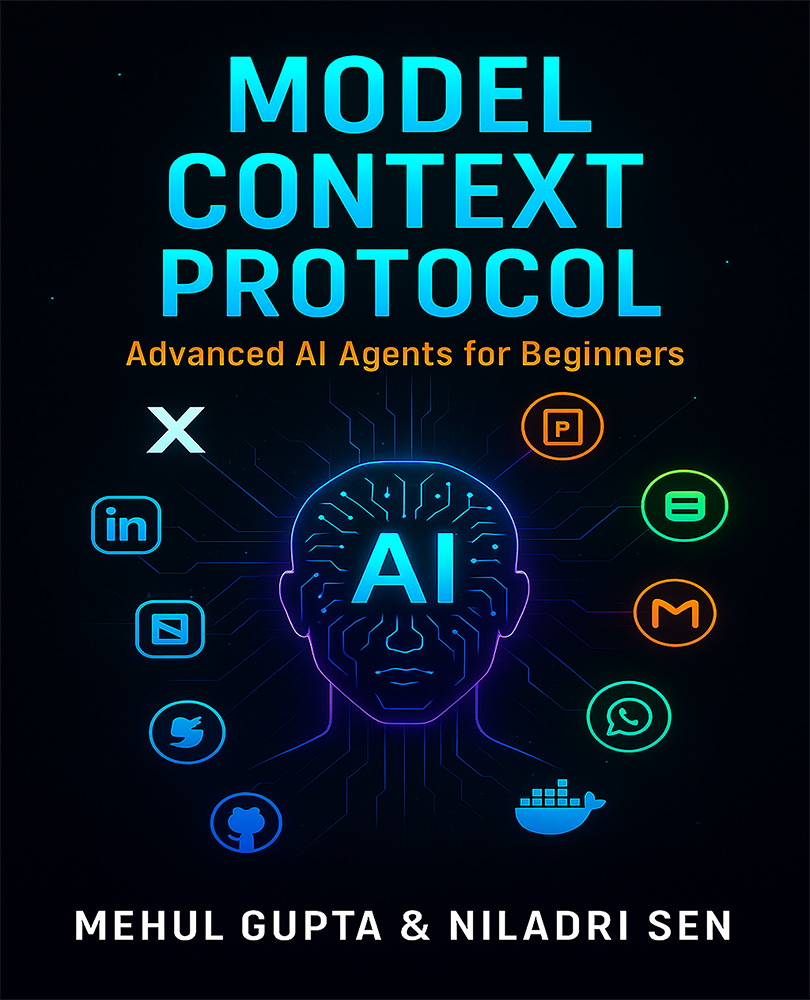"If you want a job for the next few years, work in technology. If you want a job for life, work in cybersecurity."
-Aaron Levie, chief executive of cloud storage vendor Box
The field of cybersecurity will soon face some dire, but somewhat conflicting, views on the availability of qualified cybersecurity professionals over the next four or five years.
Global Information Security Workforce Study from the Center for Cyber Safety and Education, predicts a shortfall of 1.8 million cybersecurity workers by 2022. The cybersecurity workforce gap will hit 1.8 million by 2022. On the flipside, Cybersecurity Jobs Report, created by the editors of Cybersecurity Ventures highlight that there will be 3.5 million cybersecurity job openings by 2021. Cybercrime will feature more than triple the number of job openings over the next 5 years.
Living in the midst of a digital revolution caused by AI- we can safely say that AI will be the solution to the dilemma of “what will become of human jobs in cybersecurity?”. Tech enthusiasts believe that we will see a new generation of robots that can work alongside humans and complement or, maybe replace, them in ways not envisioned previously. AI will not make jobs easier to accomplish, but also bring about new job roles for the masses. Let’s find out how.
Will AI destroy or create jobs in Cybersecurity?
AI-driven systems have started to replace humans in numerous industries. However, that doesn’t appear to be the case in cybersecurity. While automation can sometimes reduce operational errors and make it easier to scale tasks, using AI to spot cyberattacks isn’t completely practical because such systems yield a large number of false positives. It lacks the contextual awareness which can lead to attacks being wrongly identified or missed completely.
As anyone who’s ever tried to automate something knows, automated machines aren’t great at dealing with exceptions that fall outside of the parameters to which they have been programmed. Eventually, human expertise is needed to analyze potential risks or breaches and make critical decisions.
It’s also worth noting that completely relying on artificial intelligence to manage security only leads to more vulnerabilities - attacks could, for example, exploit the machine element in automation.
Automation can support cybersecurity professionals - but shouldn’t replace them
Supported by the right tools, humans can do more. They can focus on critical tasks where an automated machine or algorithm is inappropriate. In the context of cybersecurity, artificial intelligence can do much of the 'legwork' at scale in processing and analyzing data, to help inform human decision making. Ultimately, this isn’t a zero-sum game - humans and AI can work hand in hand to great effects.
AI2
Take, for instance, the project led by the experts at the Massachusetts Institute of Technology’s Computer Science and Artificial Intelligence Lab. AI2 (Artificial Intelligence + Analyst Intuition) is a system that combines the capabilities of AI with the intelligence of human analysts to create an adaptive cybersecurity solution that improves over time.
The system uses the PatternEx machine learning platform, and combs through data looking for meaningful, predefined patterns. For instance, a sudden spike in postback events on a webpage might indicate an attempt at staging a SQL injection attack. The top results are then presented to a human analyst, who will separate any false positives and flags legitimate threats. The information is then fed into a virtual analyst that uses human input to learn and improve the system’s detection rates. On future iterations, a more refined dataset is presented to the human analyst, who goes through results and once again "teaches" the system to make better decisions.
AI2 is a perfect example that shows man and machine can complement each other’s strengths to create something even more effective.
It’s worth remembering that in any company that uses AI for cybersecurity, automated tools and techniques require significant algorithm training, data markup.
Unlock access to the largest independent learning library in Tech for FREE!
Get unlimited access to 7500+ expert-authored eBooks and video courses covering every tech area you can think of.
Renews at $19.99/month. Cancel anytime
New cybersecurity job roles and the evolution of the job market
The bottom line of this discussion is that- AI will not destroy cybersecurity jobs, but it will drastically change them.
The primary focus of many cybersecurity jobs can be going through the hundreds of security tools available, determining what tools and techniques are most appropriate for their organization’s needs.
Of course, as systems move to the cloud, these decisions will already be made because cloud providers will offer in-built security solutions.
This means that the number of companies that will need a full staff of cybersecurity experts will be drastically reduced. Instead, companies will need more individuals that understand issues like the potential business impact and risk of different projects and architectural decisions. This demands a very different set of skills and knowledge compared to the typical current cybersecurity role - it is less directly technical and will require more integration with other key business decision makers.
AI can provide assistance, but it can’t offer easy answers.
Humans and AI working together
Companies concerned with cybersecurity legal compliance and effective real-world solutions should note that cybersecurity and information technology professionals are best-suited for tasks such as risk analysis, policy formulation and cyber attack response. Human intervention is can help AI systems to learn and evolve.
Take the example of Spain-based antivirus company called Panda Security, that had a number of people reverse-engineering malicious code and writing signatures. In today's times, to keep pace with overflowing amounts of data, the company would need hundreds of thousands of engineers to deal with malicious code. Enter AI and only a small team of engineers are required-- to look at more than 200,000 new malware samples per day.
Is AI going to steal cybersecurity engineers their jobs?
So what about former employees that used to perform this job? Have they been laid off?
The answer is a straight No!
But they will need to upgrade their skill set. In the world of cybersecurity, AI is going to create new jobs, as it throws up new problems to be analyzed and solved. It’s going to create what are being called "new collar" jobs - this is something that IBM’s hiring strategy has already taken into account.
Once graduates enter the IBM workforce, AI enters the equation to help them get a fast start. Even the Junior analysts can have the ability to investigate a new malware infecting mobile phones of employees. AI would quickly research the new malware impacting the phones, and identify the characteristics reported by others and to provide a recommended course of action.
This would relieve analysts from the manual work of going through reams of data and lines of code - in theory, it should make their job more interesting and more fun.
Artificial intelligence and the human workforce, then, aren’t in conflict when it comes to cybersecurity. Instead, they can complement each other to create new job opportunities that will test the skills of the upcoming generation, and lead experienced professionals into new and maybe more interesting directions. It will be interesting to see how cybersecurity workforce makes use of AI in the future.
Intelligent Edge Analytics: 7 ways machine learning is driving edge computing adoption in 2018
15 millions jobs in Britain at stake with AI robots set to replace humans at workforce
5 ways artificial intelligence is upgrading software engineering
 United States
United States
 Great Britain
Great Britain
 India
India
 Germany
Germany
 France
France
 Canada
Canada
 Russia
Russia
 Spain
Spain
 Brazil
Brazil
 Australia
Australia
 Singapore
Singapore
 Canary Islands
Canary Islands
 Hungary
Hungary
 Ukraine
Ukraine
 Luxembourg
Luxembourg
 Estonia
Estonia
 Lithuania
Lithuania
 South Korea
South Korea
 Turkey
Turkey
 Switzerland
Switzerland
 Colombia
Colombia
 Taiwan
Taiwan
 Chile
Chile
 Norway
Norway
 Ecuador
Ecuador
 Indonesia
Indonesia
 New Zealand
New Zealand
 Cyprus
Cyprus
 Denmark
Denmark
 Finland
Finland
 Poland
Poland
 Malta
Malta
 Czechia
Czechia
 Austria
Austria
 Sweden
Sweden
 Italy
Italy
 Egypt
Egypt
 Belgium
Belgium
 Portugal
Portugal
 Slovenia
Slovenia
 Ireland
Ireland
 Romania
Romania
 Greece
Greece
 Argentina
Argentina
 Netherlands
Netherlands
 Bulgaria
Bulgaria
 Latvia
Latvia
 South Africa
South Africa
 Malaysia
Malaysia
 Japan
Japan
 Slovakia
Slovakia
 Philippines
Philippines
 Mexico
Mexico
 Thailand
Thailand














